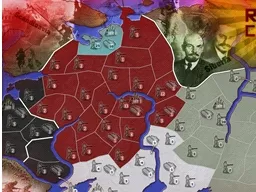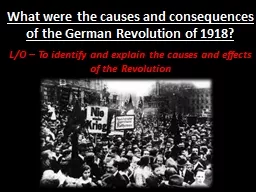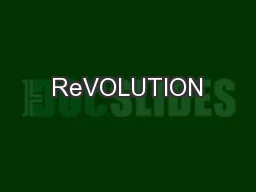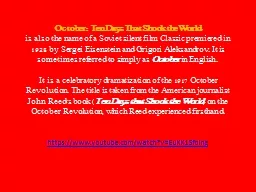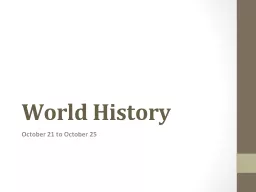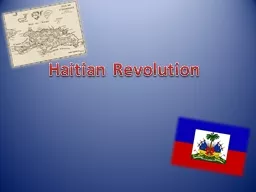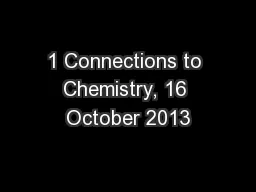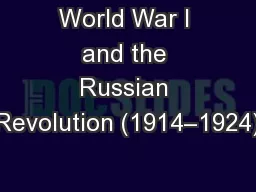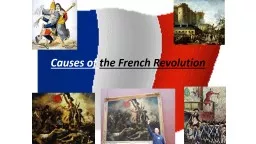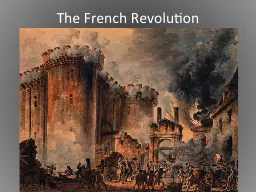PPT-Problems following the October Revolution…
Author : faustina-dinatale | Published Date : 2016-03-10
You fill this in based on last weeks notes Assassinations and attempts in August 1918 30 August 1918 Michael Uritsky Head of the Cheka assassinated in Petrograd
Presentation Embed Code
Download Presentation
Download Presentation The PPT/PDF document "Problems following the October Revolutio..." is the property of its rightful owner. Permission is granted to download and print the materials on this website for personal, non-commercial use only, and to display it on your personal computer provided you do not modify the materials and that you retain all copyright notices contained in the materials. By downloading content from our website, you accept the terms of this agreement.
Problems following the October Revolution…: Transcript
Download Rules Of Document
"Problems following the October Revolution…"The content belongs to its owner. You may download and print it for personal use, without modification, and keep all copyright notices. By downloading, you agree to these terms.
Related Documents

